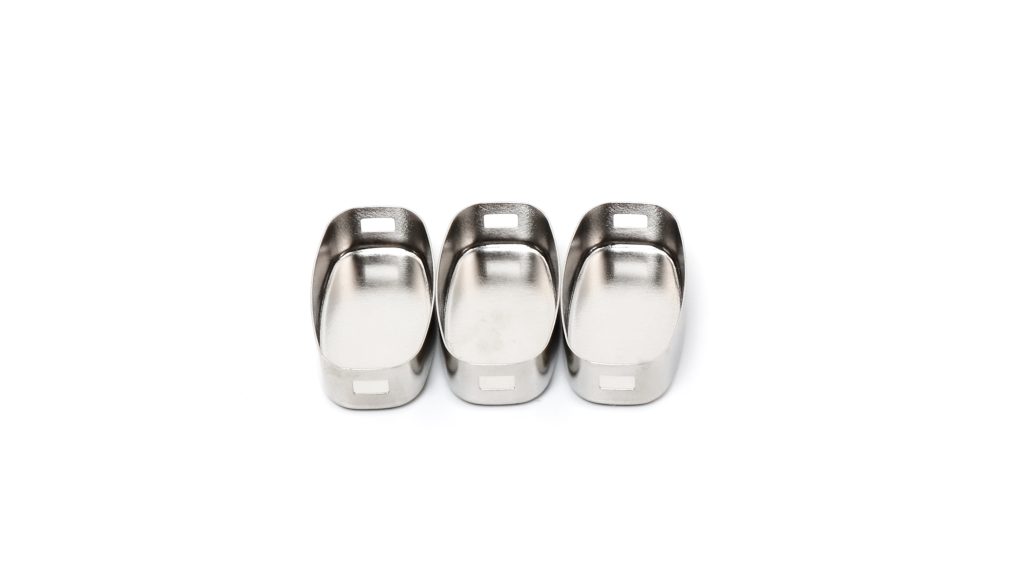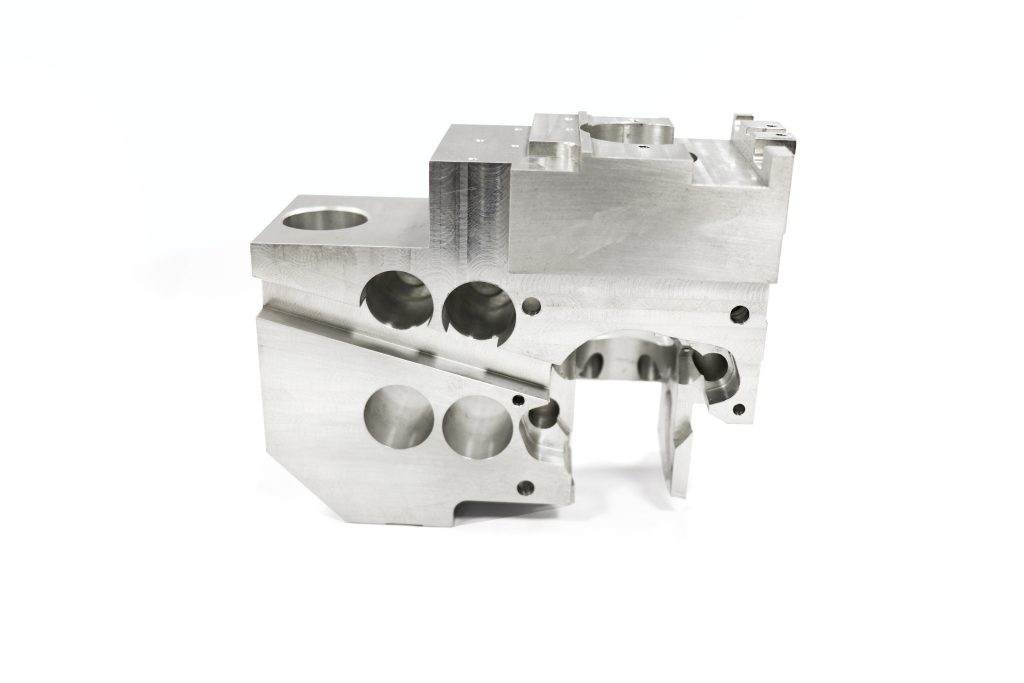The rise of unmanned aerial vehicles (UAVs) has reshaped industries ranging from logistics to marine exploration. But one of the toughest challenges for drones is surviving and performing reliably in harsh marine environments. Saltwater corrosion, humidity, and constant exposure to strong winds often limit drone lifespan. This article explores whether CNC titanium parts can significantly extend drone durability in such environments, providing insights for manufacturers, engineers, and procurement managers seeking solutions for long-lasting UAVs.

Why Do Drones Fail Quickly in Marine Environments?
One of the most pressing issues with drone operations at sea is environmental stress. Saltwater is highly corrosive and quickly damages metals like aluminum or steel. Humidity and salt particles can affect both electronic systems and mechanical structures. Lightweight plastic components may resist corrosion but lack the structural integrity for long-term durability. Procurement teams looking to deploy drones for shipping, offshore inspection, or coastal surveillance are right to ask: how can material selection solve these issues?
What Makes Titanium a Strong Candidate for CNC Machined Drone Parts?

Titanium is widely recognized in aerospace and marine industries for its high strength-to-weight ratio, corrosion resistance, and durability in saltwater environments. CNC machining of titanium allows for complex geometries and tight tolerances, which are essential for precision drone components. When compared to stainless steel, titanium provides the same or greater strength at nearly half the weight, making drones lighter while extending battery life and endurance. For companies seeking both lightweight performance and longevity, titanium stands out as a premium choice.
How Do CNC Titanium Parts Improve Drone Lifespan in Harsh Conditions?
CNC titanium parts can significantly reduce corrosion-related failures. Components such as propeller mounts, motor housings, brackets, and structural frames benefit from titanium’s natural resistance to saltwater. This ensures that critical UAV parts do not deteriorate after repeated marine missions. By machining titanium into precise shapes, manufacturers achieve high accuracy while maintaining material strength. This not only extends drone lifespan but also reduces maintenance frequency, leading to lower overall costs.
Are CNC Titanium Parts Worth the Investment for UAV Manufacturers?
While titanium is more expensive than aluminum or plastics, the long-term return on investment can be significant. Drones used in marine inspection, offshore oil rig monitoring, or naval defense often face high replacement rates due to corrosion damage. Switching to CNC titanium parts reduces replacement cycles, cuts downtime, and enhances reliability. For procurement managers and engineers, titanium may appear costly upfront but ultimately lowers operational expenses. When drone fleets are expected to perform in saltwater environments, CNC titanium becomes not just a choice but a necessity.
Which Drone Components Benefit Most from CNC Titanium Machining?
Not every drone part needs to be made from titanium. Instead, manufacturers often target critical load-bearing and corrosion-prone components. Examples include:
– Propeller hubs and brackets
– Motor housings and shafts
– Landing gear for saltwater operations
– Structural frames and fasteners
Using CNC machining ensures precision and uniformity across these parts, essential for stable drone performance.
How Does CNC Machining Ensure Consistency in Titanium Drone Parts?
CNC machining provides repeatability and high precision, which are essential for drone performance. Unlike casting or manual fabrication, CNC processes can produce titanium parts within micrometer-level tolerances. This ensures balance in propeller systems, alignment in structural frames, and strength in fasteners. For manufacturers scaling production, CNC machining allows mass customization without compromising quality.
Can CNC Titanium Parts Reduce Drone Maintenance Costs?
Yes. A key advantage of CNC titanium components is their durability, which reduces the need for frequent replacements. Marine drones often undergo routine maintenance to prevent corrosion damage. By using titanium, companies can extend maintenance intervals, minimize repair costs, and reduce the risk of in-field failures. This translates into better fleet reliability and cost efficiency for businesses operating UAVs in harsh environments.
Final Thoughts: Should You Invest in CNC Titanium Drone Parts?
For industries relying on drones in marine environments, material selection is critical. While plastics and aluminum offer affordability, they fall short against saltwater corrosion and mechanical stress. CNC titanium parts provide a balance of strength, lightweight performance, and long-term reliability. For procurement managers and drone manufacturers, adopting CNC titanium is not just about extending drone lifespan, but also about achieving operational stability and reducing hidden costs. If your business depends on reliable marine UAV operations, CNC titanium machining is a smart investment.

